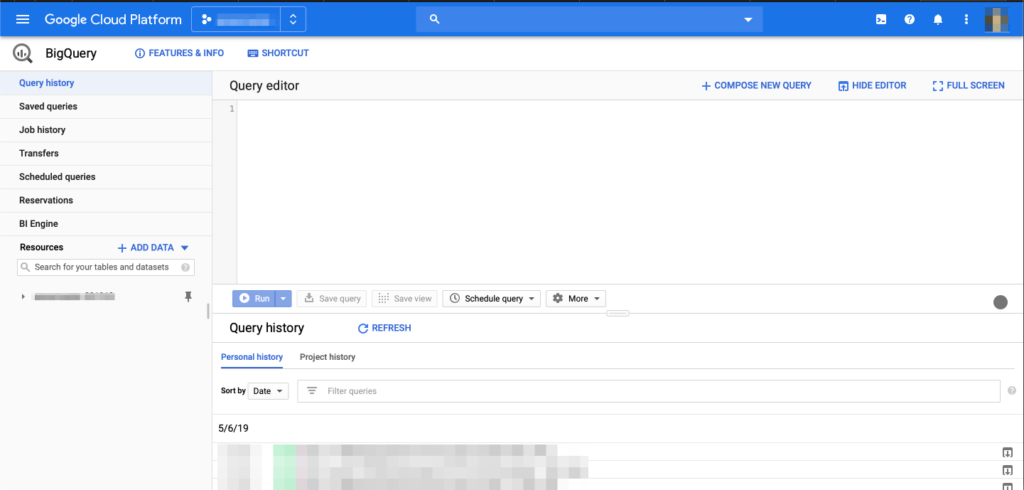
In a case where you want to deduplicate on multiple columns, you can specific those columns are parameters to the partition clause.In a case where you want to pick a deduplicate row according a different criteria, you can make use of the ORDER clause inside the window function to order the partition.We'd like to point out two cases that are of interest: The row_number is a standard window function and supports the regular parameters for a window function. Where t.row_number < about the ROW_NUMBER window function Select row_number() over (partition by email), The next step is to number the duplicate rows with the row_number window function: select row_number() over (partition by email),įrom can then wrap the above query filtering out the rows with row_number column having a value greater than 1. Returns, are the duplicate emails in the table with their counts. The following query picks the email column to deduplicate, select email, You'll have to remove duplicate rows in the table before a unique index can be added.Ī great way to find duplicate rows is by using window functions – supported by most major databases.Ĭonsider a follow table dedup with duplicates: duplicate values in one column However, at times, your data might come from external dirty data sources and your table will have duplicate rows. Using AWS Athena to understand your AWS billsĬanada Province & Census Division ShapefilesĪ common mechanism for defending against duplicate rows in a database table is to put a unique index on the column.

Modeling: Denormalized Dimension Tables with Materialized Views for Business Users Gap analysis to find missing values in a sequenceĮstimating Demand Curves and Profit-Maximizing Pricing Querying JSON (JSONB) data types in PostgreSQL Using SQL to analyze Bitcoin, Ethereum & Cryptocurrency Performance Multichannel Marketing Attribution ModelingĪnalyzing Net Promoter Score (NPS) surveys in SQL to improve customer satisfaction & loyalty SQL's NULL values: comparing, sorting, converting and joining with real values SQL Server: Date truncation for custom time periods like year, quarter, month, etc.įilling Missing Data & Plugging Gaps by Generating a Continuous Seriesįinding Patterns & Matching Substrings using Regular ExpressionsĬoncatenating Rows of String Values for Aggregation
DATAGRIP BIGQUERY SERIES
Redshift: Generate a sequential range of numbers for time series analysis You can open data source properties by using one of the following options: Navigate to File Data Sources. It is assumed that you already have the necessary prerequisites. MySQL: Generate a sequential range of numbers for time series analysis This topic presents a general procedure on how you can connect to BigQuery from DataGrip. Understanding how Joins work – examples with Javascript implementation So far, DataGrip can correctly highlight and provide coding assistance for your queries if you use Google BigQuery.
DATAGRIP BIGQUERY FULL
Full support for BigQuery is not here yet, but all things must begin somewhere. We’ve added a new SQL dialect: Google BigQuery. The main improvement from this change is the ability to run common table expressions without selecting.ĭBE-11059 : We’ve added support for the new syntax in analytic functions.ĭBE-11056 : We’ve added support for inline external tables in SELECT statements.ĭBE-10919 : The aliases defined in outer queries are highlighted correctly.First steps with Silota dashboarding and chartingĬalculating Exponential Moving Average with Recursive CTEsĬalculating Difference from Beginning RowĬreating Pareto Charts to visualize the 80/20 principleĬalculating Summaries with Histogram Frequency DistributionsĬalculating Relationships with Correlation MatricesĪnalyzing Recency, Frequency and Monetary value to index your best customersĪnalyze Mailchimp Data by Segmenting and Lead scoring your email listĬalculating Top N items and Aggregating (sum) the remainder into "All other"Ĭalculating Linear Regression Coefficientsįorecasting in presence of Seasonal effects using the Ratio to Moving Average method Here is a new build as part of our DataGrip 2020.2 Early Access Program.


Now files and consoles that are highlighted with the Generic dialect are highlighted with SQL 2016. To see all the applicable file types, go to Settings/Preferences | Editor | TextMate bundles. Now your Python, JavaScript, Shell, and many other types of files will have syntax highlighting by default. Starting with this release, the IDE will provide syntax highlighting for the file types registered with the bundle. TextMate, a text editor for Mac, offers syntax highlighting bundles for many languages. Here is a new build as part of our DataGrip 2020.2 Early Access Program.


 0 kommentar(er)
0 kommentar(er)
